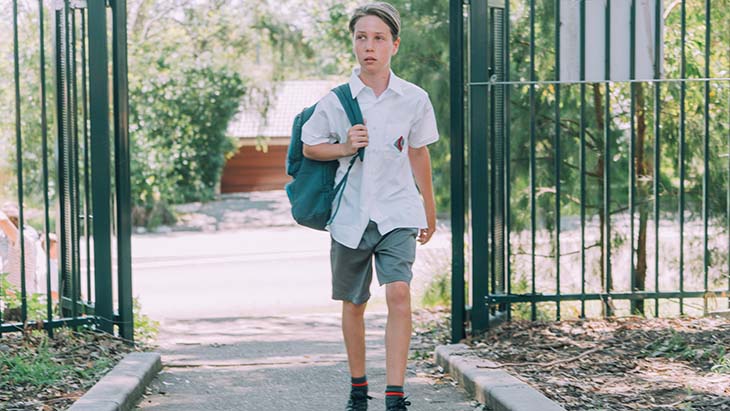Evidence-based strategies for anxiety
Evidence-based strategies are those that have been evaluated by researchers within school settings, and found to be effective.
Consider how you communicate
Sit beside a student when talking or working with them
Work together on a specific activity rather than focus on the student.
If a student doesn't want to speak, you can think aloud
Give some time for the student to answer, and continue to talk with the student even if they do not speak.
Consider when and what type of feedback you give
Encourage and acknowledge effort
Students with severe anxiety may accept negative consequences for not doing what they are told rather than facing their fear. Encouraging a student for finishing or trying to do a task that makes them anxious can help to motivate them.
Neutral response for selective mutism
When a student has selective mutism it may be important to give a neutral response if they speak and not bring them unwanted attention. Ask the student’s parents or carers how you should respond when their child speaks.
Allow time to calm down
Provide time for positive interactions
Positive interactions with other students and staff can help all students.
Talk to parents or carers
Talk to parents or carers to find out the best way to work with their child. Parents or carers can help you understand a student’s unique strengths and areas they need support.
Support students on arrival
Have a clear routine for the start of each day. If needed, have a teacher, School Learning Support Officer (SLSO), Aboriginal SLSO or Aboriginal Education Officer (AEO) there who can help students say goodbye to their family and get organised for the school day.
Adapt activities to be as inclusive as possible
Some tasks may need to be modified
Allow students to face fears gradually – start at a level that does not cause them significant anxiety and build from there. Allow them to watch other students perform an activity or behaviour before they try.
Allow extra time
If a student is anxious about sitting tests, give them extra time to complete the test. Also allow time to calm down before the test using strategies such as slow breathing.
Remind them to pay close attention to the instructions. Give them time to feel comfortable with the place the test will be held and any examiners who will be there.
Provide structure
Create a predictable environment
If there are going to be changes to the normal routine, tell the student beforehand, and give them a clear idea of what will happen instead.
Provide clear rules and expectations
If there are going to be changes to the normal routine, tell the student beforehand, and give them a clear idea of what will happen instead.
